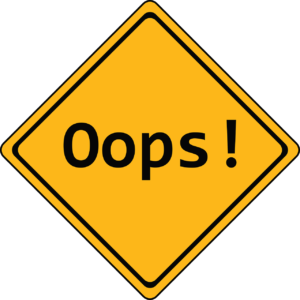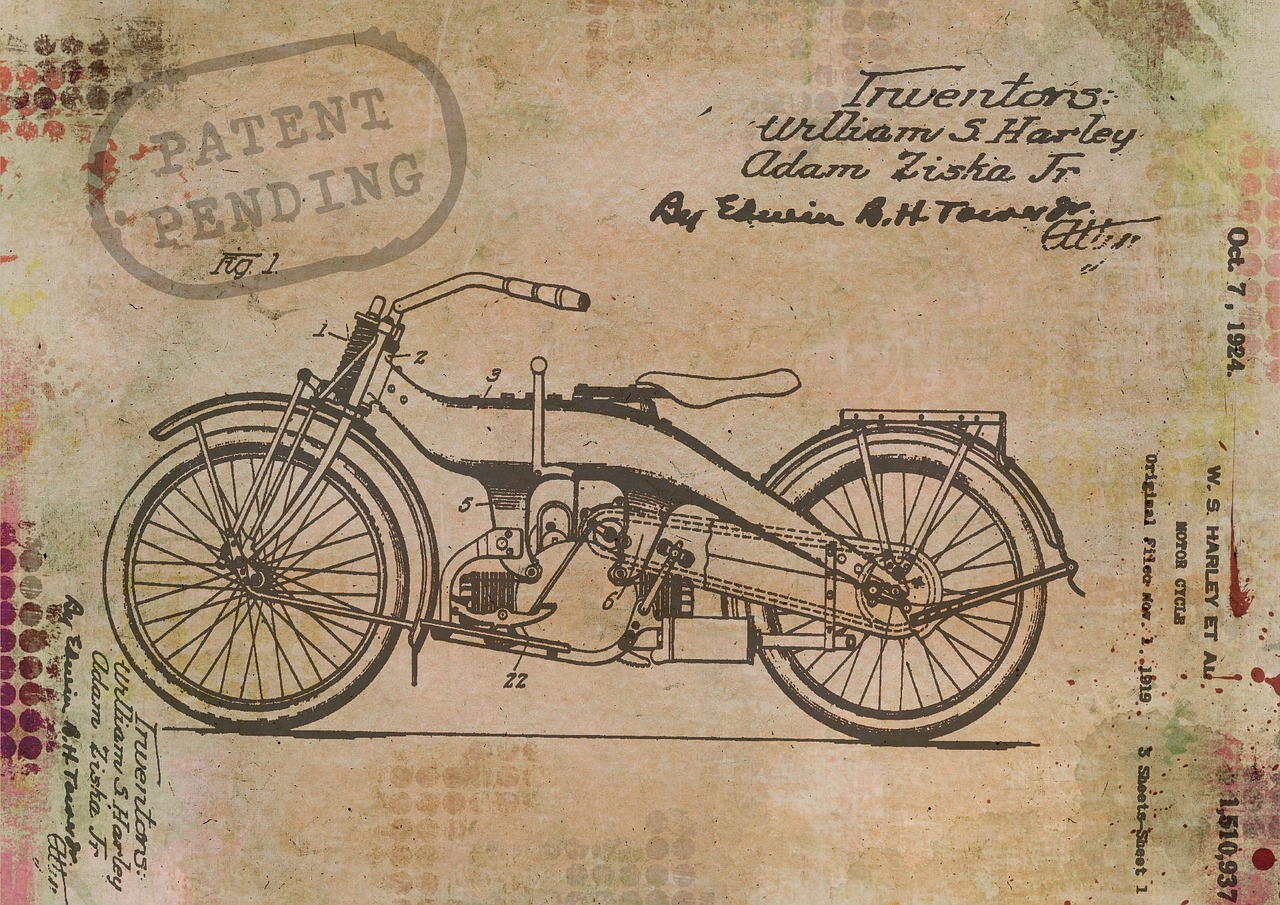All types of innovators need to carefully protect their intellectual property (IP) from those who may infringe on their ideas and products, and themselves from inadvertently infringing on others’. Medtech innovation is no exception and the landscape is rife with pitfalls.
Smith, Gambrell and Russell’s Matthew Warenzak shares his insights on patent landscape reviews, patents and freedom to operate in the following Q&A.
What exactly is a patent?
A patent is a property right issued by the various patent offices (e.g., the United States Patent and Trademark Office) to inventors to convey exclusivity to an inventive design, product, method, composition, or improvement to the same. That is, a person having a patent can prevent others from practicing their invention. This exclusivity is determined by the government and is bound to the claims in the patent. Those claims are informed and described more fully by the patent’s specification and drawings. To enforce a patent, patent holders may have to turn to the courts to enforce their patent rights.
Patents protect inventions but only in the countries or jurisdictions where patents are filed and issued (i.e., a U.S. patent is only good in the United States). Therefore, innovators must file a patent application in the global jurisdictions in which they wish to have patent protection. Patents also have limited life spans: currently 20 years from date of filing. Once that time period ends, the invention as defined by the claims is free to be practiced by the public.
Article 1, Section 8 of the U.S. Constitution gives Congress the authority to grant authors and inventors exclusive rights to writings and discoveries. Its intention is to promote progress of science and useful arts. However, in exchange for this incentive, patent applications must meet several requirements that show your invention is worthy: the invention must be useful, novel and non-obvious. While most patent applications easily surmount the usefulness requirement, many cannot clear the novelty and non-obvious hurdles.
Patent applications must also demonstrate the inventor’s intimate knowledge of the invention. This is what the specification of an application shows. The specification is a detailed description of your invention, how it operates, its components and steps required for the invention to perform. The application needs to include enough detail so a person of ordinary skill in the art can read and practice without undue experimentation. These requirements are necessary so that when a patent expires, society may continue to benefit from it.
There are certain types of inventive concepts that cannot be patented. For example, laws of nature like gravity, products from nature like a newly discovered mineral and abstract ideas like mathematical formulae, algorithms and well known business methods are not patentable.
Why are patents useful?
Patents are tremendous assets for companies. They can be used to prevent others from practicing your invention via initiating patent infringement litigation. In fact, the mere threat of potential litigation, whether explicit or implicit (e.g., having sued others or having a substantial portfolio) can create a barrier for others to enter the market. In such instances, when a barrier is created, the patent holder can establish the market, and potentially implement monopoly prices on covered products.
Patents can lead to, and sometimes are required for, outside investment into a company, especially startups. Patents can be used to generate additional revenue, either through licensing or the actual sale of the patent. They can also be used to form partnerships with desirable entities – having a portfolio of patents in a certain technology may lead to another company wanting to enter into the market as well or develop new inventions via a joint venture agreement. Patents can also be used for marketing purposes.
Patents can also be helpful to prevent other patent holders from suing you. Having a large and diverse patent portfolio, or cutting edge technology protected by patents – can lead to potential cross-licensing agreements to avoid or end litigation. Further, the size of your portfolio could potentially scare off litigation if there is a good chance of an infringement countersuit.
What’s in a patent application?
As described above, a patent application is the document submitted to a patent office that is examined to determine whether or not your invention should receive a patent. The application includes a specification and claims. The specification includes detailed information about the inventive concept, figures, examples, different embodiments, how the invention works and its components. As discussed above, it enables one to practice the invention.
The claims define the scope of the patent rights. To show infringement, you must show that someone is practicing all of the elements of at least one claim. Therefore, during examination of a patent application, the examiner focuses on the claims and their scope to determine if the invention meets the novelty and non-obviousness requirements as discussed above.
How do you know if your invention is novel and non-obvious?
In order for a patent to be granted, you must show that your invention is novel and non-obvious in light of the prior art. Prior art is anything that is publicly available that predates the filing of your patent application. Prior art includes patents, published patent applications, white papers, journal articles, pamphlets and the like. Performing state of the art and patentability searches provide inventors with available prior art in the field of the invention that can impact the chances of getting a patent for their invention.
Is the field crowded? Is there room to pursue patent protection? These discoveries help innovators hone in on deficiencies in the science or market to address and derive a pathway to focus on your invention. Landscape or state of the art searches are typically performed when you haven’t fully fleshed out your invention, at the initial phase of development, or to discover the shortcomings in a given area for you to address.
In comparison, a patentability search is more focused. These searches require a disclosure that describes your invention in sufficient detail on which to base searches. Patentability searches cull down and focus more closely on an area in the technology you could improve. Prior art results from a patentability search vary based on the sophistication of the invention disclosure. These results can include at a minimum, prior art references that a searcher believes are relevant to elements described in your disclosure. The number of those references varies widely.
The patentability search provider can also include a summary on the relevance of the prior art references. Analysis on the prior art and its impact on the patentability of the invention can and should be provided as well. The level of analysis is dependent on the level of comfort the inventor has with the patent process. Some analysis can include an assessment with formal reporting on most relevant references. Other results can include identifying the most relevant references and giving an informal assessment over the phone assessment to the client. Regardless, attorneys should solicit feedback from the inventors on concerns presented in the results to provide additional guidance in the process.
Lastly, if you file an application, inventors and their counsel have an on-going duty to disclose to the patent office any relevant prior art references of which they are aware, including those from state of the art and patentability searches. Failure to do so can lead to a patent being found invalid.
When is the right time to conduct an IP landscape review and apply for a patent?

Matthew Warenzak. Image courtesy: Smith, Gambrell & Russell
An appropriate time to conduct a state of the art or landscape review is before you have sunk any time or effort into product development.
Patentability searches are needed once innovators have a decent grasp of the problem they are solving or what the technology will be: not the commercial embodiment, but key elements. If you can’t explain what your invention does or how it works in 1-2 pages you don’t have an invention yet. We recommend this activity as an element of what GCMI describes as Phase Zero.
The benefit of conducting and completing a patentability search as early as possible is identifying hurdles – some of which may be insurmountable – with prior art. This prevents innovators from travelling a dead-end road. It also helps them re-hone in on what the invention can be. If you see it’s a crowded field, but there are some shortcomings of other references or patents your invention may solve, you can focus on those instead of doing the same thing others have done, which could be a waste of time and resources.
A patent application is ready to be filed when you have a good understanding of invention, including how it functions, its possible different embodiments, components or ways to ‘make’ the innovation at that point, and can explain how the invention works. However, patent applications should be filed before you make any public disclosures of your invention. Disclosures, including your own, made before you file can count against you as prior art. To prevent that from happening, you should file a patent application, provisional or non-provisional.
What does freedom to operate mean and how is it confirmed?
Freedom to operate involves a highly comprehensive search. In the patent world, freedom to operate means determining if the practice of your invention would infringe on another’s patent rights. Freedom to operate is determined with close examination of relevant patents in your area of art or science to determine if they cover your technology, with a particular focus on their claims to make that determination. As discussed above, to infringe a patent, the patent holder must show that the accused infringer practices each and every element of at least one claim of a patent. Therefore, the analysis would compare your invention to the claims of the patents. Given that several claims are found in an individual patent, and the comparison must be done for each claim, it is apparent how extensive such an analysis can be.
A freedom to operate search is different from a patentability search, which focuses on whether or not your invention is patentable. Just because your invention is patentable doesn’t mean it’s free from infringing on someone else’s patent as it is possible that claims of another’s patent covers some aspect of your patented invention. There is always some risk. Many clients don’t invest in freedom to operate searches due to time and money constraints.
While a freedom to operate search does create some level of confidence as to whether or not your invention infringes others’ patents, there is no guarantee that all possible applicable patents have been found. However, if most of the major competitors are identified and verified in the search, the higher the level of confidence the inventor can have.
What’s the result of failing to execute these searches?
The U.S. Patent and Trademark Office can take two to three years from the filing date before issuing an Office Action which states their opinion as to whether your invention is patentable in light of relevant prior art references they found. If you fail to do the patentability search, you run a significant risk of waiting up to three years before you know whether or not your invention is patentable.
What are the most common items people miss in IP work?
Patentability searches, which can be extremely valuable, are often missed, Some inventors focus on filing a patent application without surveying what others are doing to help ensure their work is patentable in light of the work of others.
Making sure innovators protect themselves from their own disclosures (prior art): timing is important. Filing an application before you disclose the invention is always recommended. If you aren’t at a point when you can get something on file, you need to ensure you discuss the invention only under non-disclosure agreements (NDAs) and limit disclosure to those who need to know. There is also the possibility of filing a cover sheet provisional application that at least contains what you are about to disclose to the public. While probably not an enabling disclosure, you have at least protected yourself from what was disclosed being counted as prior art.
Ownership is always an issue at some point. Every person that contributes to an inventive concept in an application iis considered an inventor, and needs to be disclosed as such to the various patent offices. In the United States, each inventor, absent some other mechanism (e.g., contract or assignment), is considered an owner of a patent with indivisible rights. Therefore, you can have several owners of a patent. Without a single owner, the various inventors could give their rights out to other parties without having to gain approval from the other inventors. This is one reason it is advantageous to have a single entity own the patent application, then have that entity administer or adjudicate any financial implications or interests in prospective proceeds from a patented technology.
What tends to surprise innovators, especially newbies, the most?
Outside of the cost, the time the patent process takes surprises novice medical technology innovators most. A patent application can take several years to ultimately issue into a patent.
Also, the patent prosecution process and system are highly intricate. Applications get rejected initially almost as a default. This is expected by experts, but not by novice medtech innovators. They struggle to get past the idea their invention isn’t patentable or what’s meant by requirements. The process includes a lot of back and forth and give and take between the patent office and the patent attorney/agent handling the application, with arguments and amendments occurring between the two. It is not uncommon to receive three or more rejections before a patent ultimately issues. If your invention is truly inventive, a patent can be issued. It just takes some time to convince the patent office of that.
In addition, having a patent that covers a product does not prevent you from being sued for patent infringement by the product. It is possible for you to have a patent that covers your invention, as well as your invention being covered by another’s patent. For example, your invention has components A-E. The truly inventive concept of yours is the combination of DCE, for which you receive a patent. A person having a patent that claims components BCD can allege infringement by your product. Remember, your product has components ABCDE, which includes the BCD components. Your patent for DCE does not shield you. This consistently surprises novice innovators.
What else?
We as patent attorneys are your advocate. We’re on your side to do the best for you. When we lay out issues that might happen, it’s not that we don’t believe in your or your invention. We want to ensure you understand what we’re up against and what help we need from you to move forward. You are the expert on your technology. We are the experts on the law. It can be an enjoyable process for all with a solid understanding of the processes, systems and legal requirements.
GCMI thanks Matt for his time and insights!
If you have an idea for a medtech innovation, let’s get the conversation started to help ensure your time and treasure are invested in the right activities at the right time. Email info@gcmiatl.com to start the conversation.
Disclaimer: This content is provided for general information purposes only and does not constitute legal or professional advice. No user should act on the basis of any material contained in this article without obtaining proper legal or other professional advice specific to their situation. No attorney-client or professional relationship is created by any person’s reading of this article.
